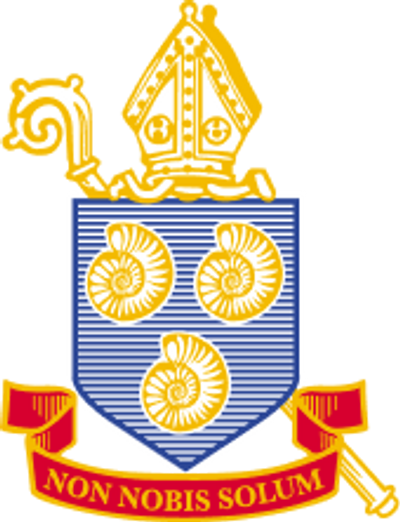The Blue Tongue plant belongs to the melastomataceae family with a few other plants such as the Spanish Shawl and the Tibouchina. The Blue Tongue plant has two Aboriginal names – Dhumulu and Yolngu. The name Dhumulu is used more often.
The Blue Tongue plant is a bushy shrub that is 1-3 metres high and 1-1.5 metres in width. Its flowers have an average size of 15-25cm. They are mauve in colour and then turn purple. They last for a few days, then fall off and disappear, then cute, black sweet berries appear. This happens in summer and spring. During this time the plant attracts lots of insects. The Blue Tongue plant grows fast but it does not produce nectar, instead it produces lots of pollen. The berries can have numerous small seeds inside them. If you eat the berries, they can stain your tongue blue!
The Blue Tongue plant grows in dry conditions but cannot grow with frost. It also needs protection from sun and hot winds. It naturally grows in tropical and sub-tropical climates. It is a good wetland plant and requires water. It likes moist well-drained soils and prefers a partly shaded position. The Blue Tongue is an evergreen plant which means it can still have green leaves during Autumn and is frequently found in wastelands and secondary forests.
Blue Tongue plants can be used as a remedy for wounds, toothaches and stomach aches. It has anti-inflammatory properties that can bring down swelling in various parts of the body.
In home gardens, it is a good plant for small hedges, pots and feature planting.
Blue Tongue plants are very special because they are native to Australia. If you would like to find out more about other indigenous plants, perhaps spend some more time visiting the St Hilda’s School yarning circle site.
Reported and Compiled by Laura D and Shang D


